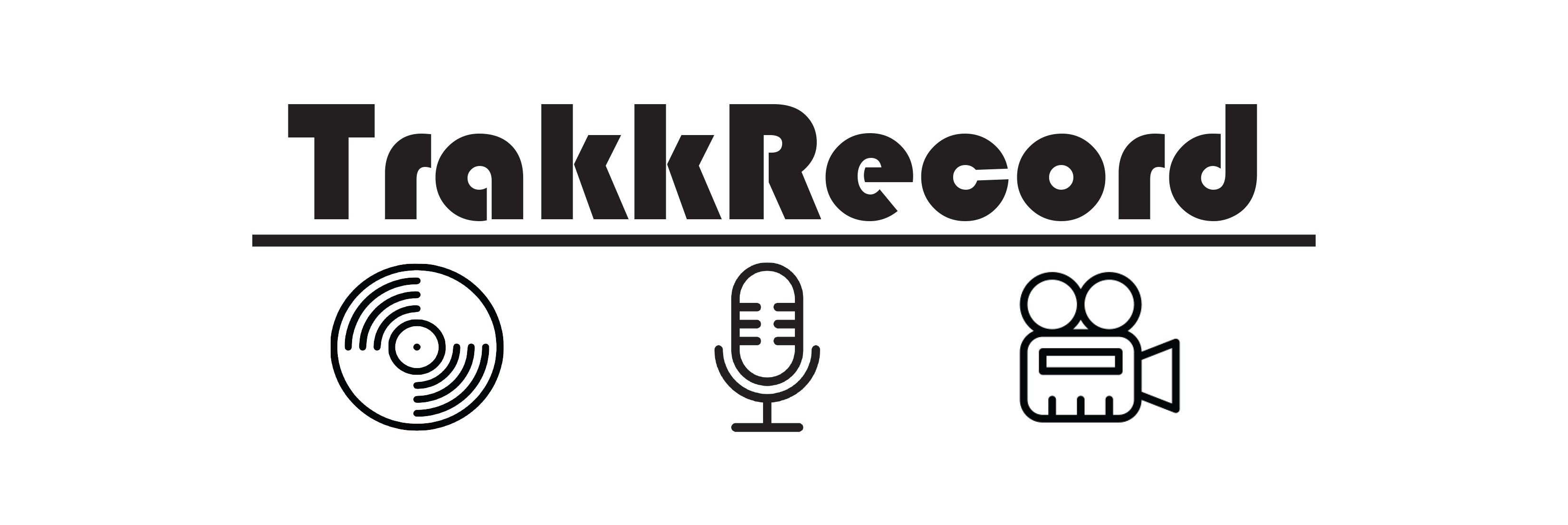During class tonight, we discussed the post-production code era of film and the MPAA rating system that was developed as a way to categorize movies for certain audiences. While learning all of this the thought sprung into my head about whether or not this is a form of censoring art and whether or not censoring of art is “okay”.
My simple answer to this is that no, the censoring of art is not okay because of the first and fourteenth amendments in the constitution. Censoring of art is violation of the right to free speech and press. Art is subjective (mostly) and the creators of said art, put many hours of work into their projects. Not only would censorship limit the boundaries of what can be said, shown, or depicted in art but it would also limit creativity (however, I do think that if art was heavily censored, creators would still break the boundaries and make what they want… as they should).
I can’t help to side with the creators and artists because we all want the freedom to say and make whatever we want. That is what this country is built on, freedom to do as we want (yes, with some limitation). Limitations to freedom is necessary which is why we have laws that forbid crime and other morbid acts. Not everything is okay. Based on this standard I do think that films, music, and art should have descriptors that warn the audience what will be seen, shown, or felt during the exhibition of the work. This would allow audiences to determine for themselves whether or not they find the material suitable for themselves as well as for others, children especially. Self regulation by the audience on what they view or hear would be the best way for artists to create what they want, all while keeping the audience informed of the content within the art.
Anytime an organization like the MPAA or the government gets involved, the situation gets sticky in regard to art because harsh guidelines often do not allow some work to ever be seen. This is a problem, especially when the artists depend on their work to be seen for a living. Another problem with the regulation by organizations or government is that the question of, “what is too far” and “what crosses the line”, are based solely on morals. Morals are impossible to measure since every person has different standards for what is right or wrong. There is no “concrete” scale of morality that art can be judged on to make sure it is suitable for certain audiences.
The conversation about censorship is complex and artists may never see true freedom in their work (especially when distributed to massive audiences). This should not deter creatives from making what they want, how they want, and when they want to. Clearly some extremes-child pornography, rape, etc.-should be left out of art, but other things such as nudity, gore, etc. should not be prohibited from being created. There is beauty and artistic value in almost everything that the world has to offer… why would we want to suppress that, why can’t we let it shine and be totally free?
- Chance Chamberlain – Creator of and contributor to TrakkRecord Media

